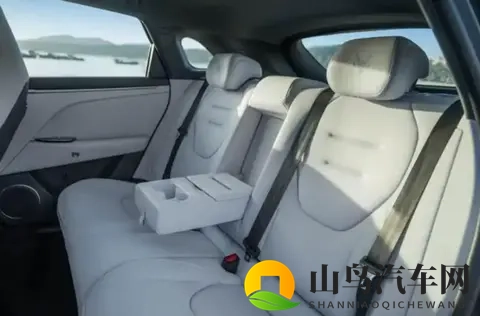Automotive Production Areas: A Deep Dive into Tier 3 and Tier 2
As the automotive industry continues to evolve, understanding the nuances of different production areas is crucial for manufacturers and consumers alike. In this article, we delve into the distinct characteristics of Tier 3 and Tier 2 production areas, highlighting their differences and connections.
Tier 3 production areas are typically smaller, specialized facilities that focus on producing specific components or parts for vehicles. These areas are often characterized by their high level of expertise in a narrow range of products. For instance, a Tier 3 area might be dedicated to manufacturing brake pads or engine filters.

These facilities are known for their flexibility and agility, allowing them to respond quickly to changes in demand. However, they might lack the scale to produce large volumes, which can affect their cost-effectiveness in some cases.

On the other hand, Tier 2 production areas are larger and more diversified. They often produce a variety of components and can cater to multiple manufacturers. These areas are typically equipped with advanced manufacturing technologies and have a broader scope of products.
One of the key advantages of Tier 2 areas is their ability to handle larger production volumes, which can lead to cost savings through economies of scale. Additionally, they often have the resources and capabilities to invest in research and development, driving innovation in the automotive sector.

The primary difference between Tier 3 and Tier 2 areas lies in their size, scope, and production capabilities. While Tier 3 areas are specialized and flexible, Tier 2 areas are more diverse and capable of handling larger volumes. Despite these differences, both types of areas are interconnected in the automotive supply chain.
For instance, a Tier 3 area might supply a specific component to a Tier 2 area, which then integrates it into a broader range of products. This collaboration ensures that the automotive industry maintains a balanced and efficient supply chain.
Furthermore, the connections between Tier 3 and Tier 2 areas are strengthened by the need for innovation and quality. Both types of areas must continually improve their processes and products to meet the evolving demands of the automotive market.
In conclusion, understanding the differences and connections between Tier 3 and Tier 2 production areas is essential for navigating the complexities of the automotive industry. By recognizing the unique strengths and limitations of each type of area, manufacturers and consumers can make informed decisions that drive progress and efficiency.
Copyright © 2025 山鸟汽车网
网站展示的汽车及品牌信息和数据,是基于互联网大数据及品牌方的公开信息,收集整理客观呈现,仅提供参考使用,不代表网站支持观点;